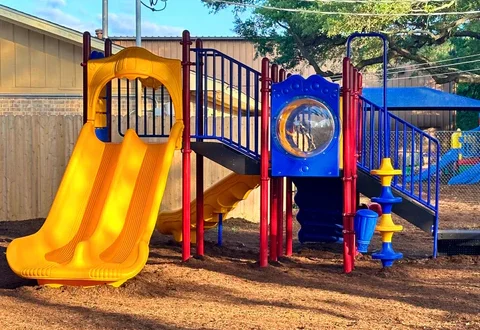Why Early Independence is Important
Encourage your child to be independent. This will build self-confidence and decision-making skills.
When caregivers encourage children to be autonomous in a safe and age-appropriate manner, they are laying the foundations for resilience , responsibility , and problem-solving—skills that children will take with them into school and their lives.
How Independence Looks by Age
Toddlers (3 to 3 years old)
- Feeding with their fingers or other utensils
- Try to dress or undress
- Saying “no” to express a choice
- Cleaning up toys
Preschoolers (3 to 5 years old)
- Selecting clothes
- Use the toilet independently
- Food or drink serving
- Two-step directions
- Try new tasks on your own
How caregivers can support independence
Encourages children to try even if it fails.
Useful Strategies
- Choose from:
- Use routines: Consistent steps teach self-reliance
- Break large tasks down into smaller steps, like putting shoes on or washing your hands
- Recognize effort and not just success: “You really tried to zip your jacket!”
- Be Patient: Learning takes time.
Independence through Daily Tasks
The best learning tools are everyday activities
- Allow toddlers to help you wipe the table, carry diapers, or put clothing in a hamper
- Set nap mats, have preschoolers clean toys or pack their bags,
- Teach your children to ask for assistance instead of passively waiting.
The tasks are designed to build skills and pride.
Let Them Grow: Conclusion.
It’s not about rushing kids to become independent. It’s about allowing them time to explore, experiment, and gain confidence in themselves. Each small achievement, whether it is putting on a coat or making a choice, helps a child become a confident and capable learner.





